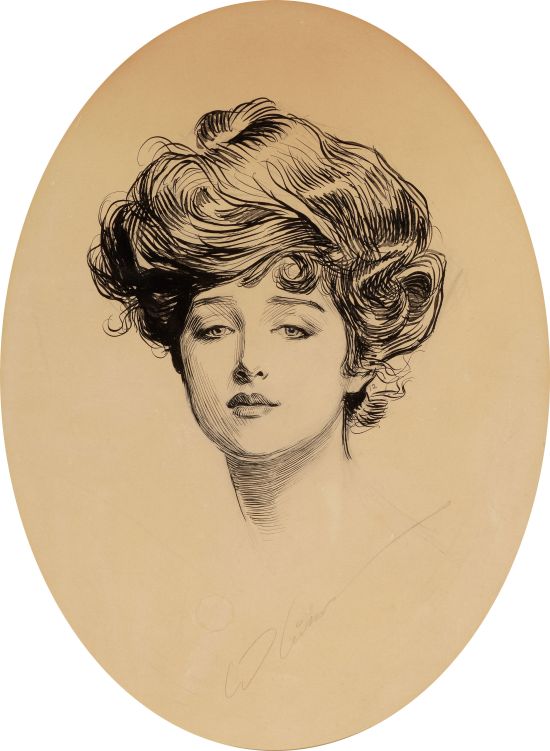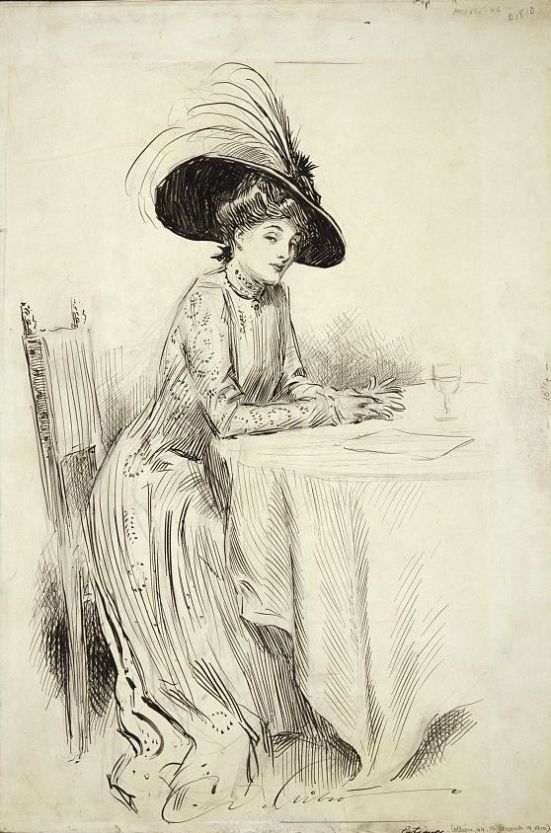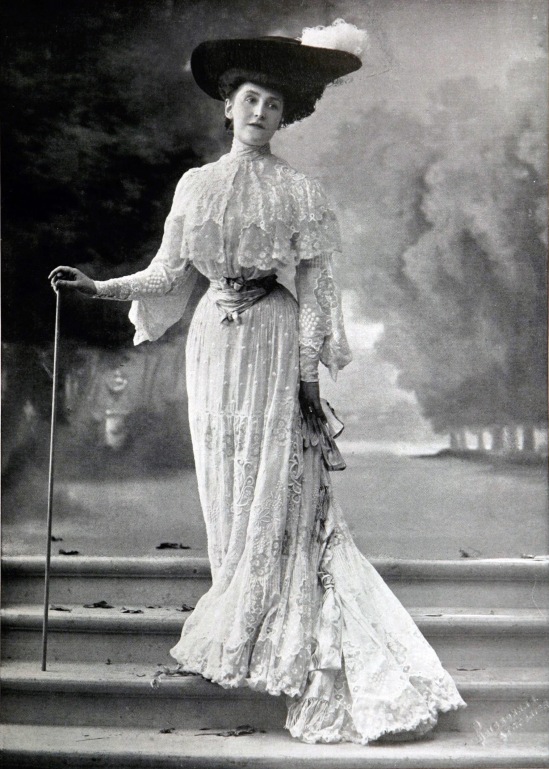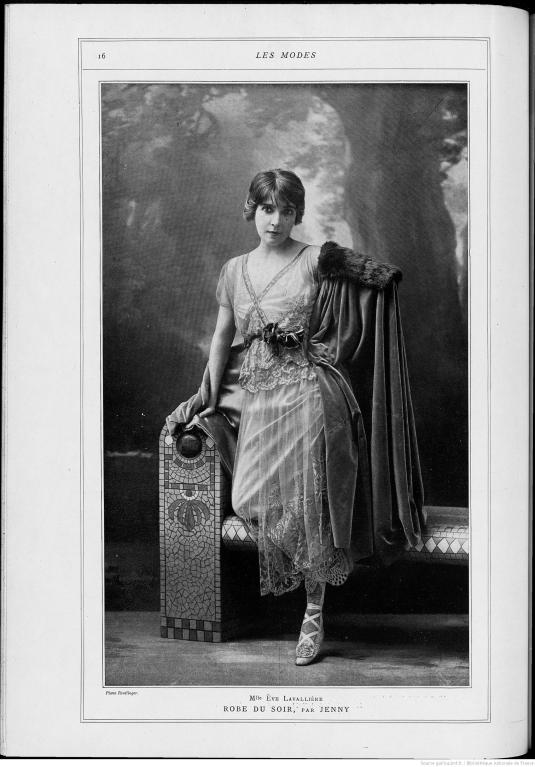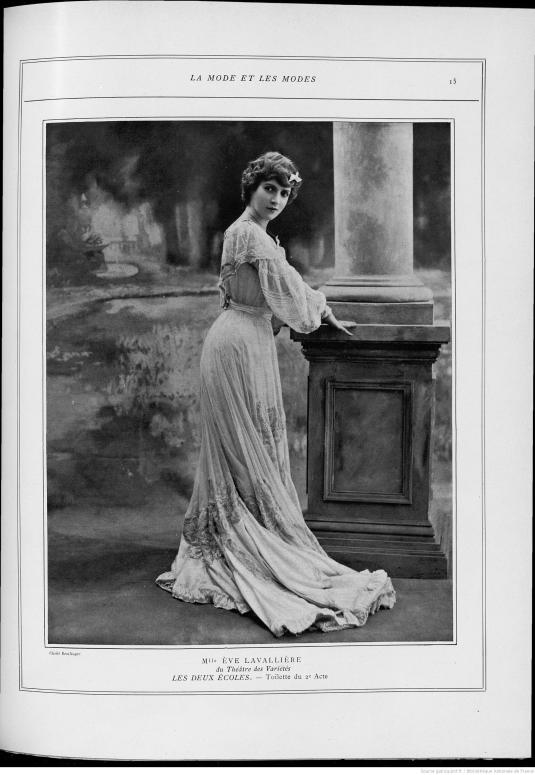A socialite and amateur composer known for her beauty and verve, Alma Mahler (1879 – 1964) was married to composer Gustav Mahler, architect Walter Gropius, and novelist Franz Werfel. She also undertook a strong flirtation with Gustav Klimt and affairs with numerous artists. She is often regaled as the definitive femme fatale of the early 20th century (source).
When she married Gustav Mahler in 1902, he was nineteen years her senior and the director of the Vienna Court Opera. The terms of Alma’s marriage with Gustav were that she would abandon her own interest in composing. Artistically stifled herself, she embraced her role as a loving wife and supporter of Gustav’s music.
Later in their marriage, after becoming severely depressed in the wake of her daughter´s death, she began an affair with the young architect Walter Gropius (later head of the Bauhaus), whom she met during a rest at a spa. On seeking advice from Sigmund Freud, who cited Mahler’s curtailing of Alma’s musical career as a major marital obstacle, and following the emotional crisis in their marriage after Gustav’s discovery of the affair, Gustav began to take a serious interest in Alma’s musical compositions, regretting his earlier dismissive attitude and taking promotional actions, including editing and re-orchestrating some of her works.
Upon his urging, and under his guidance, she prepared five of her songs for publication (they were issued in 1910, by Gustav’s own publisher, Universal Edition). Alltogether she was the composer of at least seventeen songs for voice and piano.

Alma Mahler, 1900 via

Alma Mahler via
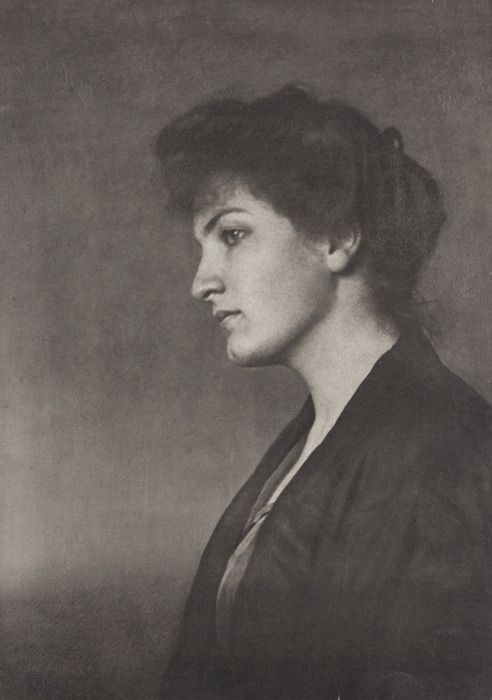
Alma Mahler, 1900 via

Alma Mahler, 1900 via









